“Balance is achieved through scale, symmetry and both the proportion of the pieces in a room and the room itselfâ€
Bradley Odom, American interior designer
Like a well-orchestrated symphony, every element in a space needs to play its part. Too much weight on one side and the area loses its harmony; a lack of proportion makes the space feel off-key, leaving an uncomfortable atmosphere. Balance in interior design is not just about aesthetics—it's a silent language that communicates emotion as you walk through a room.
Symmetry and balance are intertwined concepts that shape spaces filled with calm and purpose. Every decorative piece, each furniture choice, or even the placement of a lamp contributes to this subtle dance. In this balance, the absence of excess allows opposites to complement each other. Just like how the reflection of a tree in a still lake brings peace, harmonious design doesn’t need to shout to be felt.
This article will explore how symmetry and balance are essential to a space’s aesthetics, functionality, and comfort. Whether you're designing a living room, bedroom, or home office, understanding these principles can help create a space that feels both beautiful and welcoming.
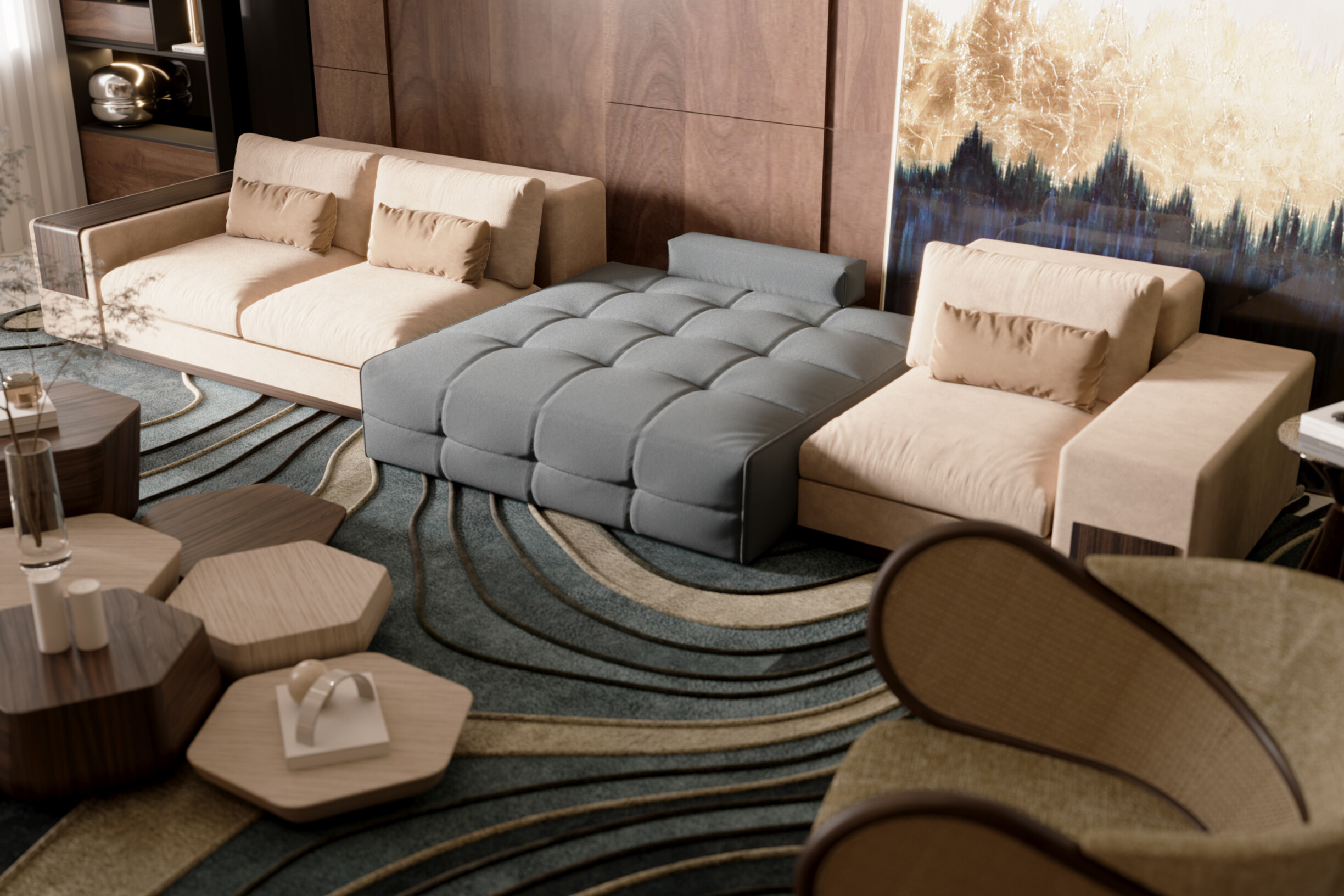
What is the definition of symmetry and balance in interior design?
In interior design, symmetry and balance are two foundational principles that guide the arrangement of elements within a space to promote harmony and functionality. While closely related, they have distinct applications: symmetry refers to the visual mirroring of elements, while balance concerns the proportional distribution of visual weight, which doesn't always require perfect symmetry.
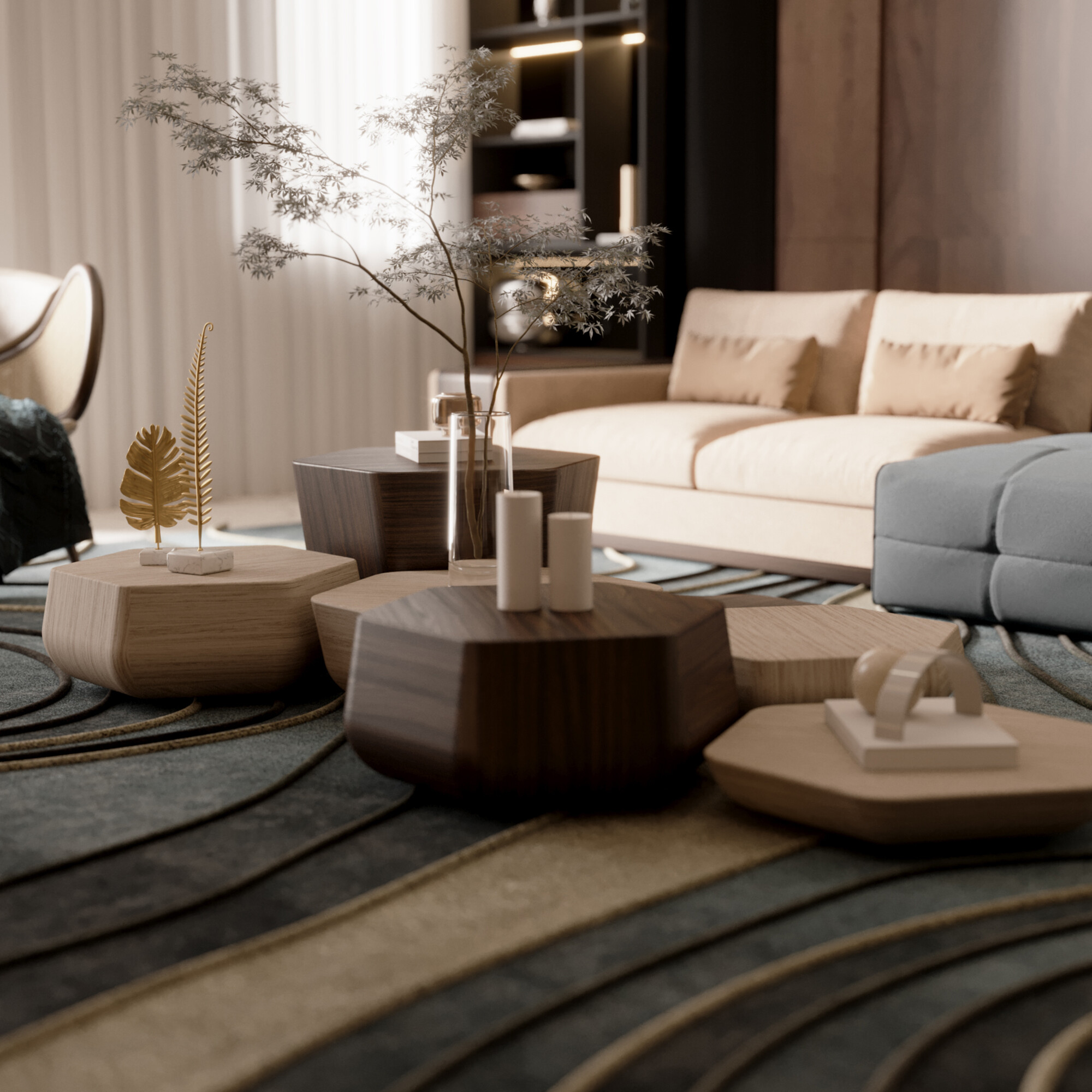
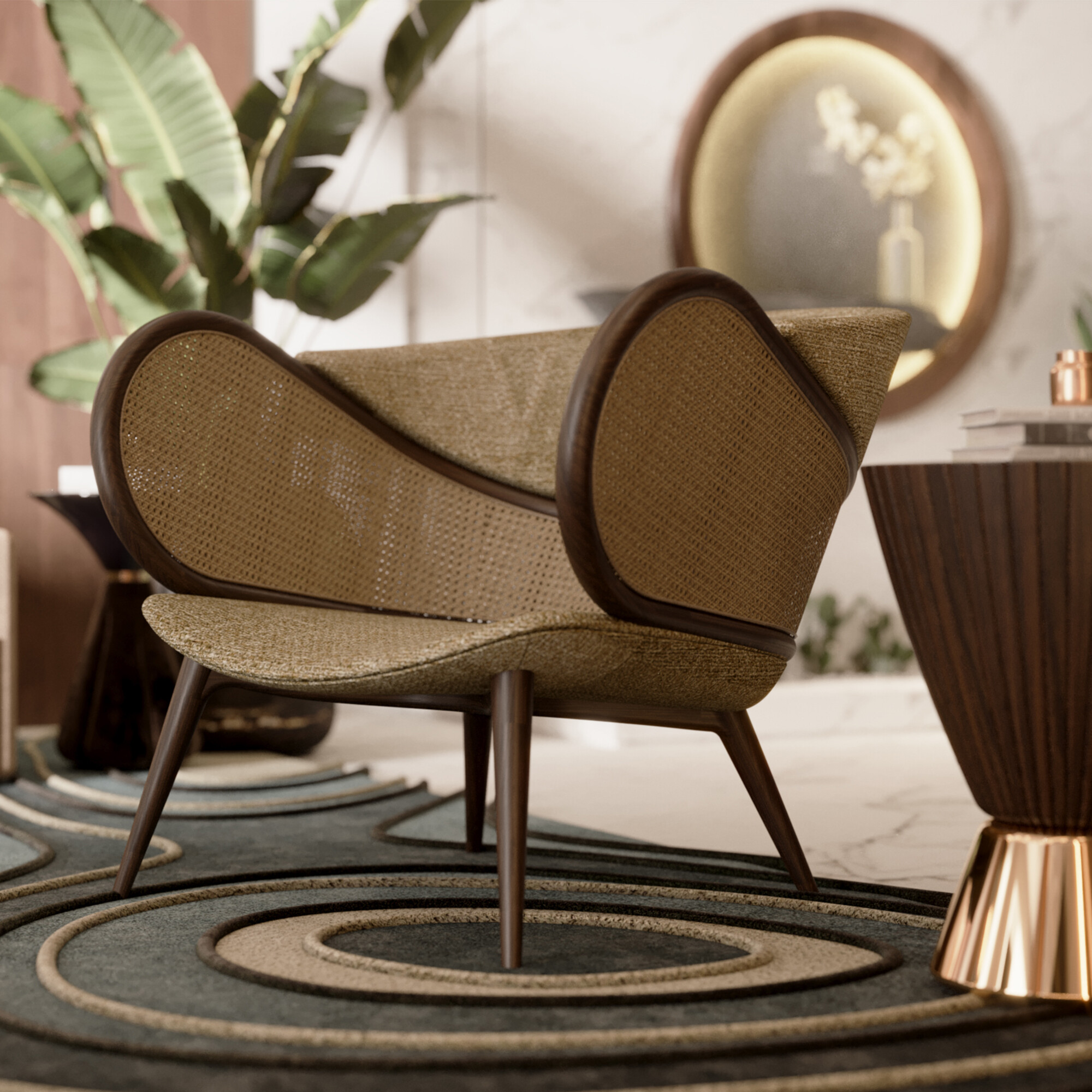
What is symmetry?
Symmetry occurs when both sides of a space are identical or closely matched, creating a sense of order and stability. It is often associated with formal or traditional settings. There are two main types:
-
Bilateral symmetry involves mirroring elements on either side of a central line. A common example is placing two identical sofas facing each other in a living room.
-
Radial symmetry centers around a single point, with elements arranged outward in a circular pattern, such as a round table with chairs evenly spaced around it.

What is balance?
Balance is more flexible than symmetry and can be achieved without perfect mirroring. It focuses on distributing visual weight evenly throughout a space so no side feels too heavy or light. There are three main types:
-
Symmetrical balance happens when both sides are equal or nearly equal, like in bilateral symmetry.
-
Asymmetrical balance uses different elements that still feel visually balanced—like pairing a large sofa with two smaller chairs. This is popular in modern, minimalist designs.
-
Radial balance arranges elements around a central point, promoting a sense of circular harmony.

A balanced space reduces chaos and enhances comfort, improving both functionality and emotional experience. The correct use of symmetry and balance is essential for any successful interior design project.
The psychology of symmetry: does symmetry affect the perception of space?
Symmetry plays a major role in how we perceive and interact with our surroundings. Research in space psychology shows that symmetry isn't just about looks—it significantly affects our well-being and comfort in a space.

The human brain naturally recognizes symmetrical patterns. Symmetrical spaces are processed faster, leading to greater aesthetic appreciation. The order and predictability of symmetry bring comfort and security, reducing anxiety and discomfort.
Symmetrical arrangements encourage positive emotions. Symmetry is linked to order, and thus, it can reduce stress and increase overall well-being.
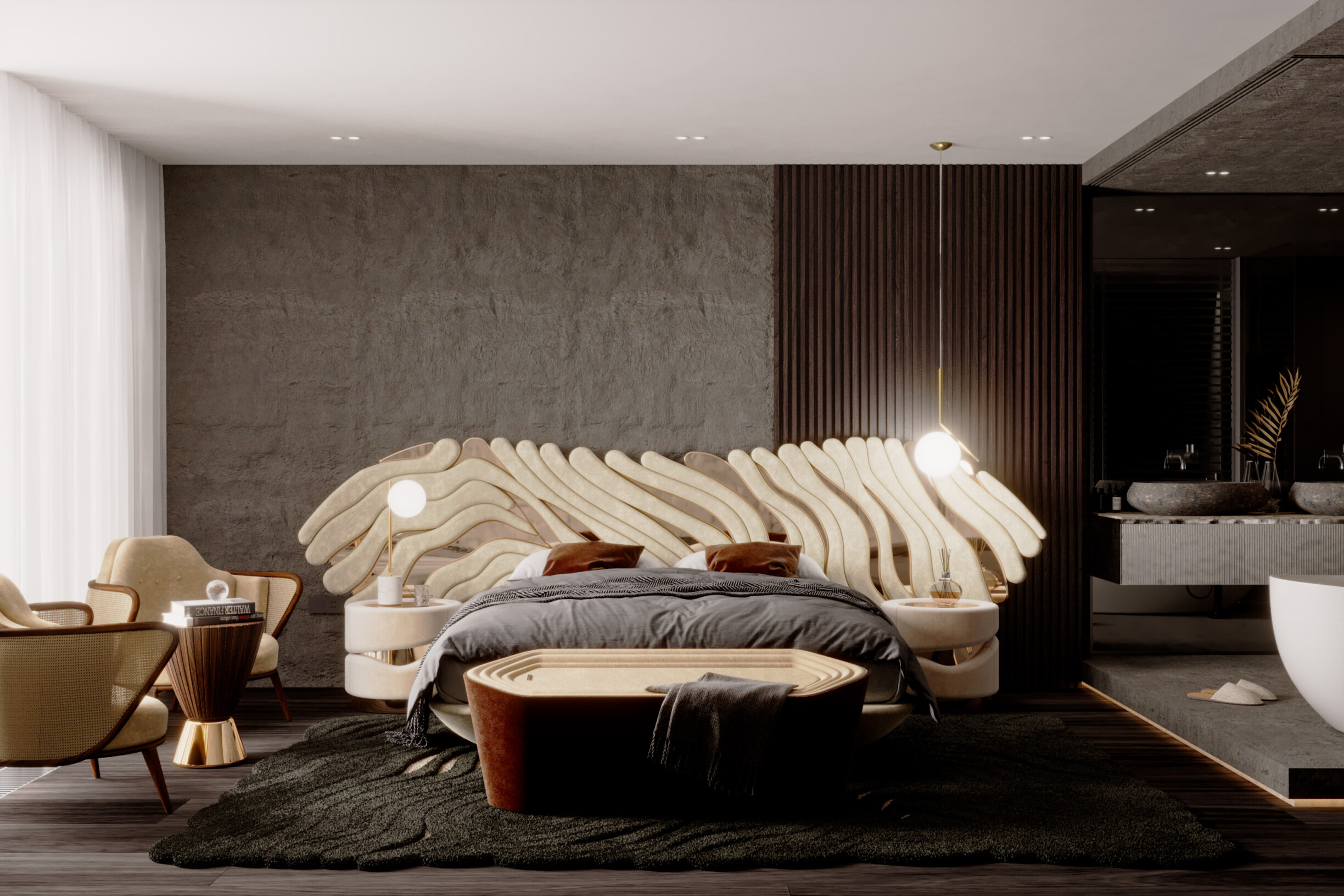
Tips for creating symmetry and balance in every room of a house
Applying principles of symmetry and balance in interior design can transform ordinary rooms into elegant and inviting spaces. Here are some practical tips for achieving this in your home:

1. Living Room
-
Symmetrical furniture: Arrange sofas and chairs in pairs or place them around a coffee table to create a central focal point. For example, using two Rusak sofas from ALMA de LUCE opposite each other can make conversations more inviting.
-
Decorative elements: Hang pictures in pairs or in a straight line along the wall to achieve a balanced look.
-
Lighting: Use pendant or table lamps symmetrically to enhance the visual balance of the room.
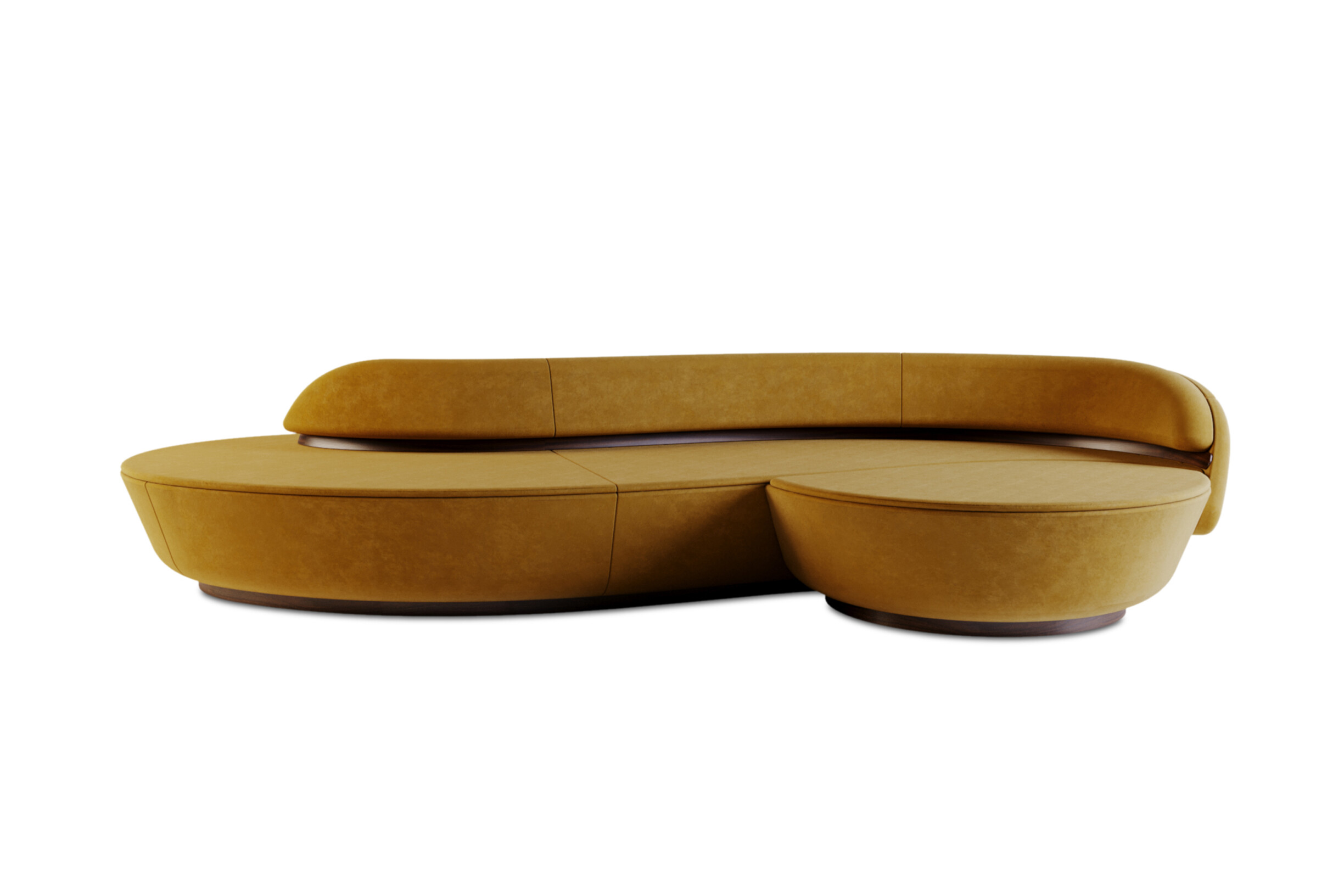
2. Bedrooms
-
Beds and furniture: Place the bed in the center of the main wall, like the Kintsukuroi bed from ALMA de LUCE, and position nightstands on either side for a balanced look.
-
Colors and textures: Use symmetrical patterns in curtains or bedding to reinforce a sense of balance in the space.
-
Mirrors: Place mirrors on opposite sides of the bed or in alignment with other decor to create depth and reflect light, making the room feel more open. Choose a mirror like Dom Sebastião from ALMA de LUCE to add elegance and sophistication.
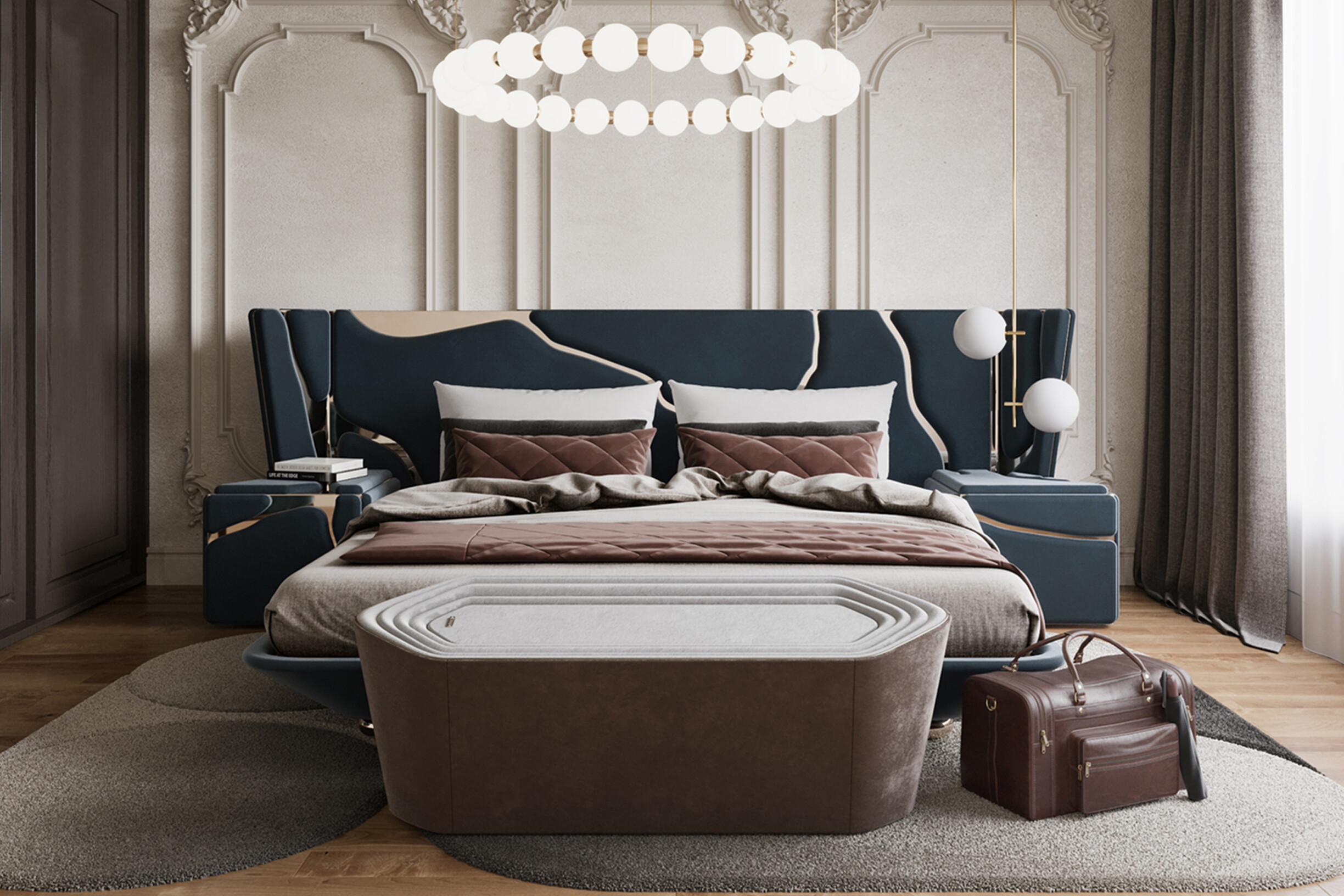
3. Home Office
-
Furniture layout: Arrange desks and chairs symmetrically to create a more organized and efficient workspace.
-
Wall decor: Use shelves or artwork in symmetrical arrangements to give the room a professional and cohesive look. Pairing shelves or using similar-sized art helps maintain visual balance.
-
Workspace: Add plants on either side of your desk to bring nature indoors and improve well-being.
5 Common Mistakes When Applying Symmetry and Balance
While symmetry and balance are essential in interior design, misusing these principles can harm a space's function and beauty. Here are five mistakes to avoid:
-
Too much symmetry: A perfectly symmetrical space can feel lifeless and unoriginal.
-
Ignoring visual balance: Focusing only on symmetry can lead to imbalanced spaces where visual weight isn’t properly distributed.
-
Overlooking functionality: Prioritizing symmetry over usability can make a space less practical for daily use.
-
Being too rigid: Applying symmetry everywhere, especially in irregular or open layouts, can feel forced and unnatural.
-
Not varying elements: Overly symmetrical spaces can become predictable and lack contrast, making them feel dull.
How to Achieve Balance in an Interior Design Project?
Symmetry and balance are two of the most important principles in interior design. They bring visual harmony and make spaces more functional and emotionally comfortable. When applied thoughtfully and tailored to the specific needs of a project, these concepts can create beautiful and meaningful environments.
Want to see interior design projects where symmetry and balance create a perfect harmony? Visit ALMA de LUCE’s Pinterest page for inspiration! We can also help you create unique and modern projects that will impress your clients with this timeless style!
Promotion Drawstring Bag, Cotton Drawstring Bag,Recycle Eco Cotton Drawstring Bag,Custom Jute Drawstring Bag
Guangzhou Ecobag Packaging Limited , https://www.gdecobag.com